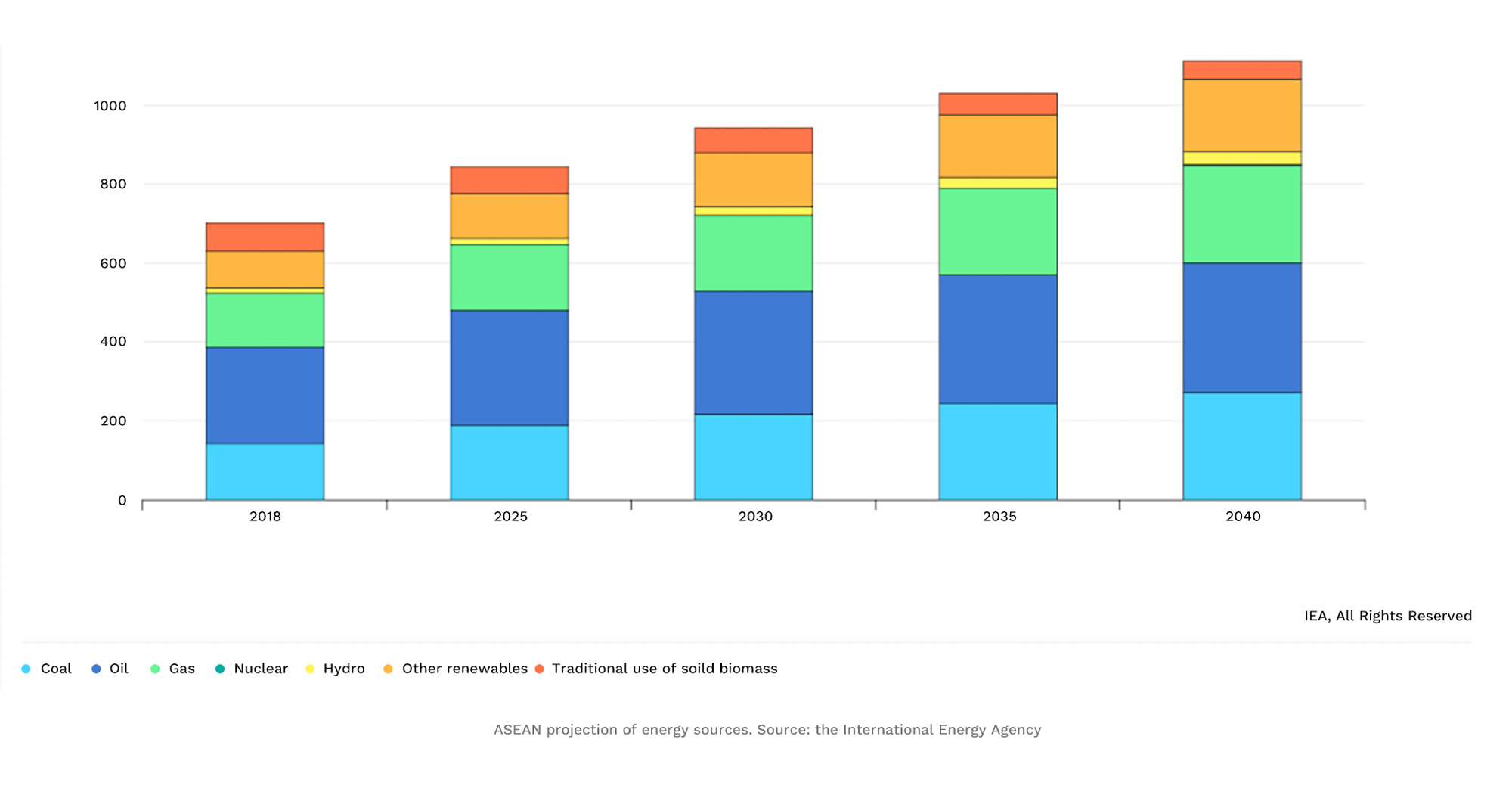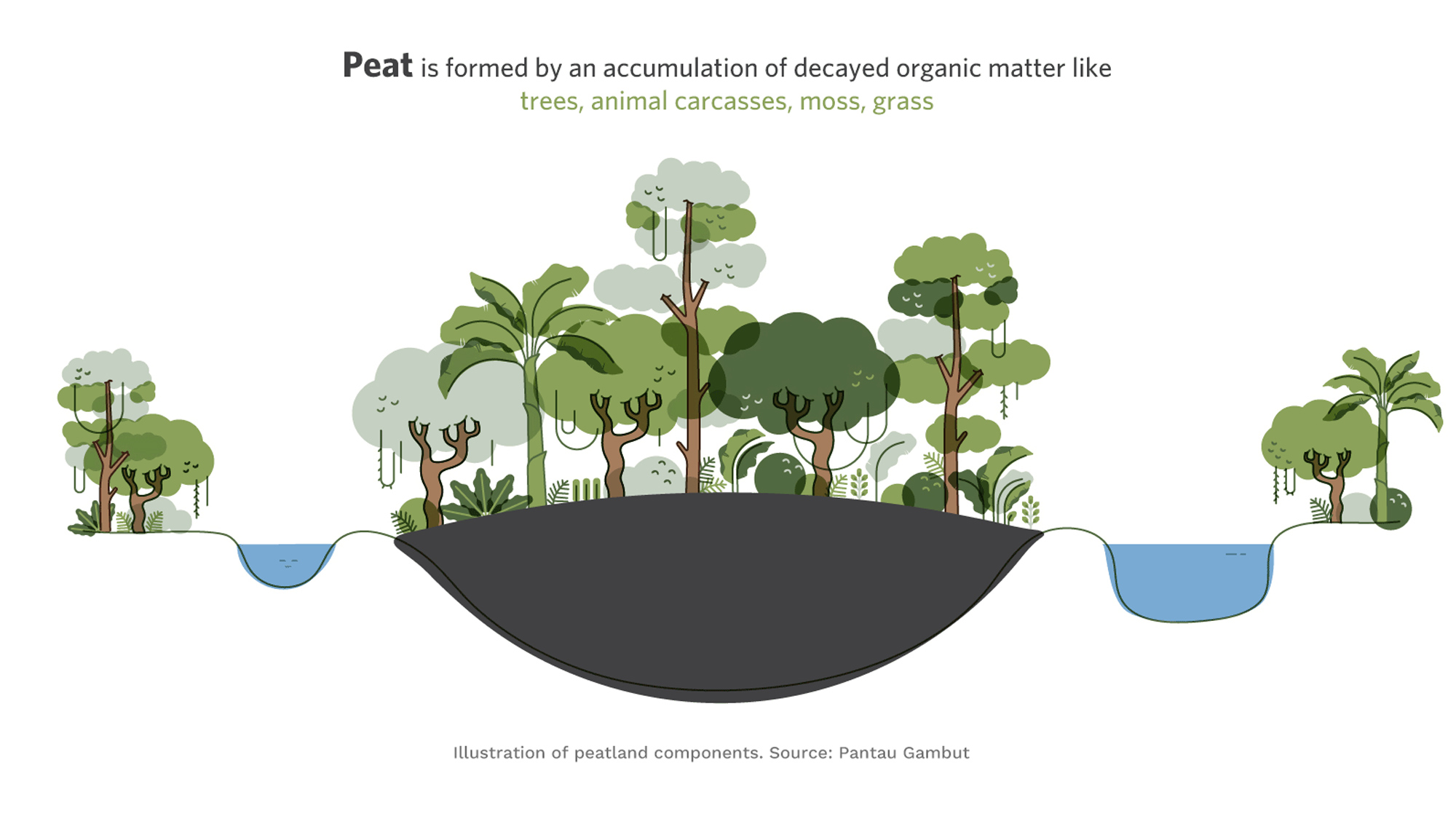Interest around climate change, both politically and publicly, has grown in recent years. Nevertheless, greenhouse gases keep rising and economic operations continue to use fossil fuels, without significant reduction.
Climate change risks are even higher for Southeast Asia, which is consistently ranked as among the most vulnerable regions to its effects globally. The region is known for its tropical countries with lowlands and coastal areas making up most of its environment, and is hence more vulnerable to sea-level rise from climate change. Heatwaves, floods, and uncertain rainy seasons occur more often and pose a serious threat to the population’s health, safety, and economic welfare.
Furthermore, the Global Climate Risk Index, a measurement of the country’s level of exposure and vulnerability to extreme events since 1999 (annual averages), shows that Myanmar, Philippines, Vietnam, and Thailand rank in the top 10 out of 124 countries.
Still, much has been rather said than done. ASEAN countries are committed to supporting the global agenda to mitigate the impacts of climate change, but their reliability on fossil fuels makes this vision seem far from being achieved. Most Southeast Asian countries are developing countries that need the source of cheap energy to speed up the development process.
Therefore, oil is chosen as the main source of energy – followed by coal – typically used in power generators. These conditions means the region’s power sector contributed to 42% of ASEAN’s carbon emissions in 2019.
In spite of this, all hope is not lost. Fortunately, the region has a weapon in its armoury able to mitigate many of the effects of climate change – peatland, an invaluable resource that remains relatively unknown to the general public.

Peatland: Southeast Asia’s treasured resource
Southeast Asia has more than 20 million hectares of peatland, which constitutes 60% of global tropical peatland resources. Peatlands are a type of wetlands made up of peat soil, consisting of almost entirely organic matter. Peatland is formed when decayed plant matter accumulates in the soil under conditions of saturation, leading to an anaerobic condition that slows down its decomposition. In its natural function, they can store twice as much carbon compared to the world’s forests.
Acting as a carbon sink, peatland could be the climate cooler that Southeast Asia needs.
Be that as it may, its carbon sink abilities can be a double-edged sword. When damaged, it emits carbon dioxide instead of locking it up, and in the last decade it has been damaged and reduced severely as its been converted to other land use such as plantations. The cheapest way to convert peatland is through the ‘slash and burn’ method, where above ground vegetation is removed, followed by burning the land, clearing it, and making it ready for cultivation purposes. This degrades peat, and beyond that, increases the risk of large fires, as peat is highly flammable.

Once a fire starts, they are very difficult to control. In 2015, one of the largest recent fires occurred in Indonesia, emitting 1.7 billion tonnes of CO2 in the atmosphere, and beyond that enacting severe economic losses and distributing haze across Southeast Asia, resulting in millions of people suffering from respiratory issues.
Indonesia is a country with more than 15 million hectares of peatland area, the largest in Southeast Asia. Other countries also have peatlands, such as Malaysia, Philippines, and Vietnam. These countries are all part of ASEAN Peatland Forests Projects (APFP) to support the implementation of the ASEAN Peatland Management Strategy 2006 – 2020 Framework.
ASEAN’s report shows progress for peatland conservation, but not enough. The conversion rate is still concerning, worsened by lack of commonly agreed data for the evaluation of peatland. As peatlands might be managed by different stakeholders or land-owners, multi-stakeholder cooperation is needed to develop peatland management practices, which differs from one landscape to another. To enable this, we need a strong political ambition and mobilisation from the government to lead the initiative and impose the same baseline to effectively track progress.
But even without such data, there is a whole body of research and guidance noting how to manage peatland effectively. So with the knowledge sources available, what we need is awareness on the matter.
With the increasing attention on climate change, ASEAN can use this momentum to raise peatland issues to public – rarely discussed outside networks of academics, governments, or environmental activists. Beyond awareness, the public needs to understand the urgency of saving peatlands for climate change. We need the people of ASEAN to be aware of what happens to peatland – without this, the responsibility to hold policymakers to account for protecting this vital resource in the fight against climate change will fall on a small number of people.
The ASEAN Peatland Management Framework is set to end in 2020, yet the problem with peatland management persists. Right now is a good time to evaluate where we are on peatland management and to ask ourselves: how much effort has been given to managing peatland as a resource to fight climate change, and how do we amplify those efforts?
ASEAN could start by doing what it does best, convening different stakeholders to align and commit to ambitious, defined and measurable targets, especially on public influencing and peatland management. But commitment itself will not be enough. ASEAN could also assist countries in developing their capacity to influence the public through different channels of communication.
The capacity of countries as institutions also needs to be increased to understand how to plan for better peatland management involving multiple parties. All this cannot happen without a financial capital to mobilise action, and ASEAN’s biggest role could be to catalyse financing for projects related to the demonstration of better peatland management, beyond peatland protection. ASEAN could seek for funding from carbon credit or carbon trading schemes to finance projects, providing a framework for all ASEAN countries to optimise peatland as a resource to reduce greenhouse gasses emission.
It is difficult to create something out of nothing, but it is easier to achieve something with the resources that we already have. With peatland, we have abundant natural resources to fight climate change. It’s just a matter of willingness, and we need to act urgently before our global goal of capping temperature rises at 1.5 degrees is lost forever.
About the authors

Helena is a social development professional currently working in sustainability on peatland management. Having spent years studying social welfare in University of Indonesia, she is now embarking on a journey to balance and integrate humans and nature in the scope of regenerative economic system.
E-mail: helenataruli@gmail.com

Muchtazar is a postgraduate student at University of Indonesia (UI) which focus on Sustainable Development. He graduated from Bandung Institute of Technology (ITB) in 2014 and he has been selected as Indonesia’s delegate to Asian Circular Economy Leadership Academy in 2018 by the United Nations Environment Programme (UNEP) and Chulalongkorn University.
E-mail: muchtazar91@ui.ac.id



